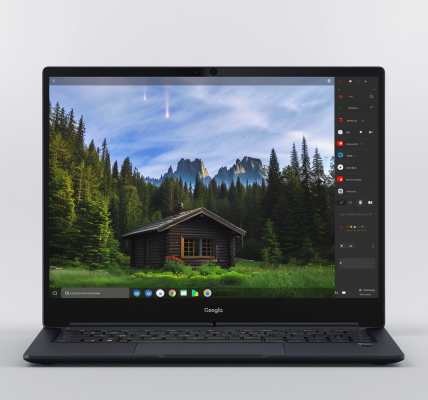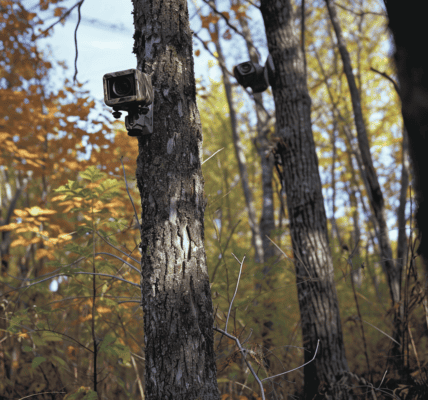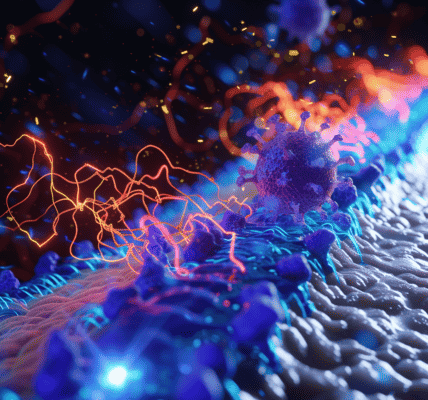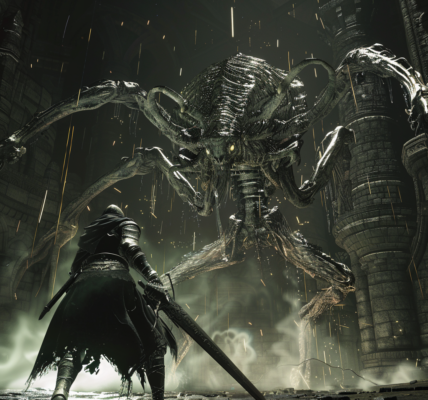Astronauts aboard the International Space Station (ISS) have long reported that their taste buds undergo a transformation, leading them to prefer spicier foods. This observation has sparked interest among researchers, particularly in understanding how the unique environment of space affects flavor perception. Recent studies, including innovative virtual reality (VR) experiments, aim to shed light on this intriguing phenomenon.
Grace Loke, a food scientist from RMIT University in Melbourne, Australia, has been at the forefront of this research. According to Loke, astronauts often enhance their meals with condiments like Tabasco sauce or shrimp cocktail sauce with horseradish to compensate for the diminished flavor of food consumed in space. “Based on anecdotal reports, they have expressed that food in space tastes less flavorful. This is the way to compensate for this,” she explained.
To investigate these claims further, Loke and her team sought to replicate the ISS environment digitally. They created a VR simulation that mimicked the conditions astronauts experience while living and working in space. Julia Low, a nutrition and food technologist and co-author of the study, emphasized the challenges of recreating the ISS atmosphere. “Certain environments are difficult to be duplicated, such as the ISS, which led us to look at digital solutions to mimic how it felt to be living and working in these areas,” she noted.
In their study, 54 participants were recruited to engage in taste tests involving various flavors, including vanilla, almonds, and lemon. The tests were conducted in two different settings: a typical room and the VR simulation of the ISS. The VR environment included elements such as sterile, cluttered spaces, ambient sounds characteristic of the ISS, and floating objects to simulate microgravity.
Results from the study revealed some intriguing insights. Participants reported that the lemon flavor remained consistent across both environments. However, the flavors of almonds and vanilla appeared more intense when experienced in the VR simulation. This finding challenges the common assumption that food tastes blander in space.
“The bottom line is we may smell aromas differently in a space-like environment, but it is selective as to what kind of aromas,” Loke stated. The research team is still investigating the reasons behind these variations in flavor perception. They utilized a mass spectrometer to analyze the composition of the flavors used during the tests, which may provide further clues.
The lemon flavor, for instance, was derived from lemon essential oil applied to a cotton ball, allowing participants to experience the aroma without the need for actual food items. By examining how flavors are perceived in a simulated ISS environment, researchers hope to better understand the sensory adaptations astronauts undergo while in space.
This research not only has implications for astronaut dining experiences but also for food scientists looking to enhance the flavors of meals prepared for space missions. Understanding how environmental factors influence taste could lead to improved nutrition for astronauts during long-duration missions, such as those planned for Mars exploration.
As the exploration of space continues to advance, the significance of taste perception in microgravity environments will remain a critical area of study. The findings from Loke and her team underscore the complex interplay between our senses and the environments we inhabit, even in the vastness of space.





